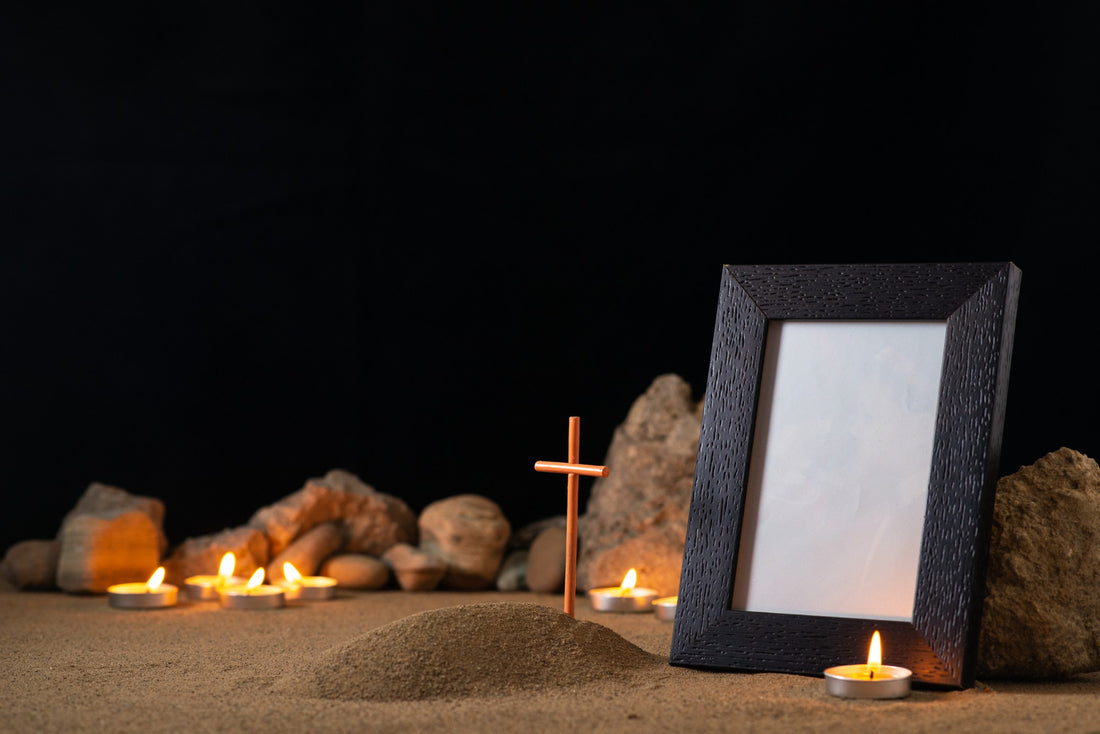Cremation has been a widely practiced ritual across cultures and centuries, symbolizing transformation, reverence, and closure. The history of cremation is a fascinating journey, revealing its significance from ancient traditions to contemporary practices. In this blog, we explore how cremation has evolved through time, highlighting its role in spiritual, cultural, and practical contexts.
The Ancient Roots of Cremation
The origins of cremation date back to prehistoric times, with the earliest evidence found in Europe and the Near East. Around 3000 BCE, cremation began to emerge as a common practice among various cultures.
1. Early Cremation Practices
- In the Bronze Age, cremation became a prominent burial method in Europe and the Mediterranean.
- The Urnfield Culture (1300 BCE–750 BCE) in Central Europe is named after the burial of cremated remains in urns.
2. Cremation in Ancient Greece
- The Greeks believed that cremation released the soul from the body, enabling it to ascend to the afterlife.
- Heroes and warriors were often cremated, with their ashes placed in decorative urns.
3. Cremation in Ancient Rome
- The Romans adopted cremation as a primary burial method by 27 BCE, especially for the elite.
- Cremation became a status symbol, with families placing ashes in columbaria (large urn chambers).
Cremation in Religious Contexts
Religious beliefs have significantly influenced the practice of cremation throughout history.
1. Hinduism and Cremation
- Cremation has been central to Hindu rituals for thousands of years, symbolizing the release of the soul and its journey to reincarnation.
- The Ghats of Varanasi along the Ganges River remain iconic for traditional Hindu cremations.
2. Buddhism
- In Buddhism, cremation is seen as a way to honor the impermanence of life.
- The ashes of monks and spiritual leaders are often enshrined in stupas.
3. Christianity’s Shift Away from Cremation
- Early Christians rejected cremation due to beliefs in bodily resurrection.
- By the 4th century, burial replaced cremation as the dominant practice in Europe.
The Revival of Cremation in Modern Times
After centuries of decline in the West, cremation saw a revival in the 19th century, driven by practical, hygienic, and cultural factors.
1. The Industrial Revolution
- Urbanization and overcrowded cemeteries led to renewed interest in cremation as a sanitary alternative to burial.
2. The Cremation Movement
- In 1874, the Cremation Society of Great Britain was founded, advocating for cremation as a practical and modern choice.
- The first modern crematorium was built in 1876 in Italy, followed by others across Europe and North America.
3. Contemporary Cremation Practices
- By the 20th century, cremation became widely accepted due to changing cultural attitudes, environmental concerns, and religious flexibility.
- Today, over 50% of Americans choose cremation, a number expected to rise in the coming decades.
Cremation in Modern Culture
Cremation is no longer limited to traditional rituals. Modern practices include:
- Scattering Ashes: A meaningful way to honor a loved one by choosing a special location.
- Memorial Jewelry: Incorporating ashes into wearable keepsakes.
- Creative Memorials: Transforming ashes into art, diamonds, or even space launches.
The Evolution of Cremation Urns
Urns have also evolved from simple clay pots to intricate designs reflecting cultural and personal significance. Modern urns come in a variety of styles, from biodegradable options to decorative urns for home display.
Conclusion
The history of cremation highlights its enduring significance as a ritual of respect and transformation. From ancient cultures to modern society, cremation has evolved to reflect spiritual, cultural, and practical needs. Understanding its history allows us to appreciate the depth and diversity of this age-old practice.
ALSO READ:

